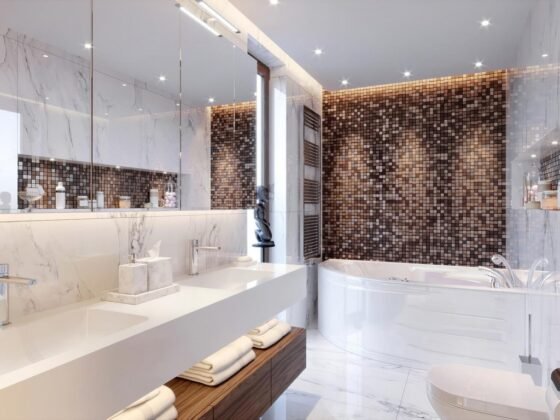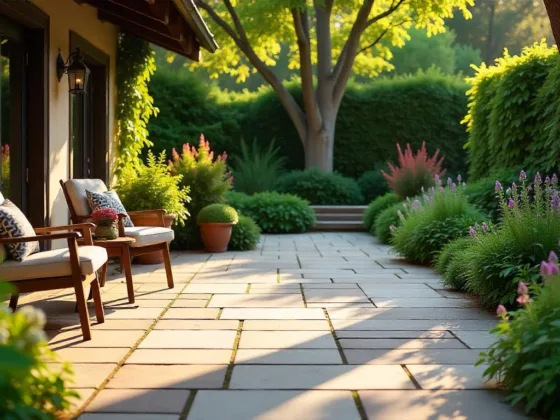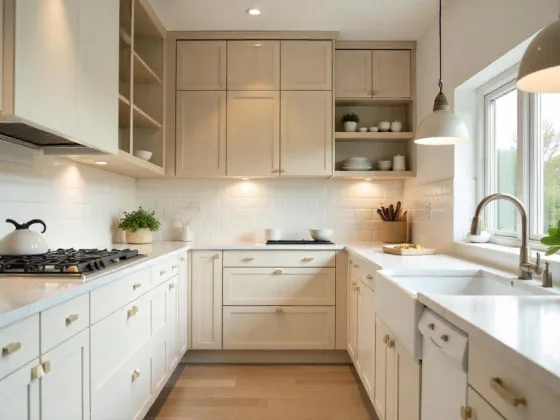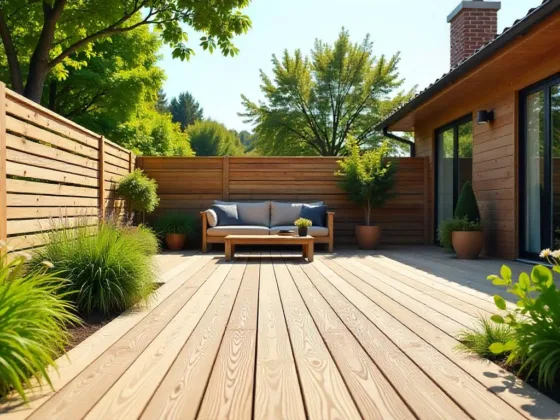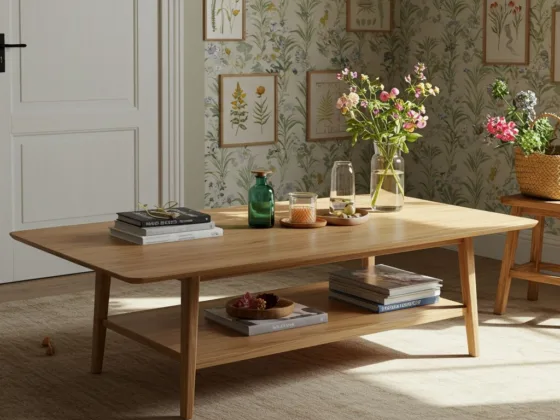Table of Contents Show
Whether you are buying, building, or leasing your home, the presence of natural light is one of the most important factors to consider before you invest.
And if your old home is too dark, you may want to consider adding some natural lighting.

But how will you know that you do not have enough natural light in the first place? Below are signs you should look out for
- Your rooms are too dark- of course, darkness is the first indication of insufficient light in your home.
- Your rooms feel too small.
- You are moody most of the time.
- Lack of fresh air in your rooms
If your home does not have enough natural light, accessing your rooms becomes very difficult; your bulbs will have to stay on almost throughout.
As a result, you will end up paying high monthly electricity bills. The only way to prevent that from happening is to allow more light into your home.
But why is it so important?
Well, maybe you are okay paying the high electricity bills and wondering why you should bother with the natural light. Here is why
The Health Benefits
Natural light is rich in vitamin D, which is necessary to sustain the health of your immune, muscle, and nerve system. Lack of vitamin D can cause rickets(children), osteoporosis, and other severe bone diseases(adults).
Natural light helps prevent depression- SAD (Seasonal Affective Disorder) is a common condition during winter.
Most scientists agree that SAD is associated with a chemical in the brain known as serotonin that controls our mood.
Another study in Australia confirmed that serotonin levels are higher on sunnier days and vice versa on cloudy days.
Natural light helps sustain our sleep cycle- after 3-decade of scientific research, the conclusion was that sunlight is necessary to maintain a healthy circadian rhythm.
Natural light helps improve productivity- previous studies have revealed that natural light can improve test scores by 26% and boost business performance by 40% on average.
Read Also:
Benefits to the Environment
The longer your bulbs stay on, the higher the carbon dioxide release in your home. The reverse is true.
Increasing natural light in your home means that your bulbs get to stay off longer, and that will help reduce the amount of carbon dioxide released in your home.
You already know how important it is to protect the environment.
Increasing natural light in your home is totally in your best interest.
Now that you know why you need to know how to increase natural light in your home.
Let’s dive in!
1. The Windows
When it comes to natural lighting, your windows are at the center of it all.
Start by inspecting your window treatments. Are they blocking light in any way? If they are, consider replacing them with better window treatments, or better yet, leave them naked if you are feeling bold enough.
How many windows do you have in your home? Are they enough? If not, build more windows and consider the positioning to allow more sunlight into your home.
When it comes to the window material, glass is always the best. Keep your glass windows clean at all times to maximize your benefits.
2. Consider Light Colors
Play around with colors to create an illusion of light in your home. According to expert painters on Brisbane Northside, using lighter colors is ideal for making your rooms brighter because they will reflect natural light instead of absorbing it.
Use a shade of white to replace the dark colors or wallpaper on your walls. Do not use pure white paint on your walls because that only makes your room feel much colder.
On your ceiling, use a combination of color shades that are lighter than on your walls to make your rooms feel more spacious.
3. The Floor
Transform your floors into reflectors for more lighting in your home. You can start replacing your carpets by installing stone, ceramic or wooden floors with a polished finish for better reflection.
But if you must use a floor carpet, opt for light, neutral-colored ones.
4. Your Doors
As stated above, glass windows are perfect for better lighting, so are glass doors. If it is well within your budget, consider installing new large glass doors to allow more natural light to enter your home.
In particular, bi-fold doors can transform the whole of your wall into a glass and are the best option to maximize light in your home.
5. Consider Using Shiny Material
Use shiny materials such as glass tiles and mirrors on your kitchen and bathroom walls to maximize the reflection
To be precise, glass tiles can reflect almost 100% of all the light that lands on them. They are the second-best option only after mirrors for your kitchen and bathroom room walls.
After glass tiles, the glossy ceramic tiles come following, but the difference between them is too small.
6. Install Skylights
Also popularly known as windows for the roof, skylights are probably the best and the most ideal for your lighting. They are basically a glazing area on your ceiling facing upward in the direction of the sun.
Skylights bring direct sunlight into your home because they are less likely to receive any shadows, which is why they are so convenient.
Conclusion
Increasing natural light in your home might feel like too much work, but the truth is that you stand to gain more than lose.
Whether you are an old or new homeowner, these tips will help you get the maximum benefits from sunlight in your home.

